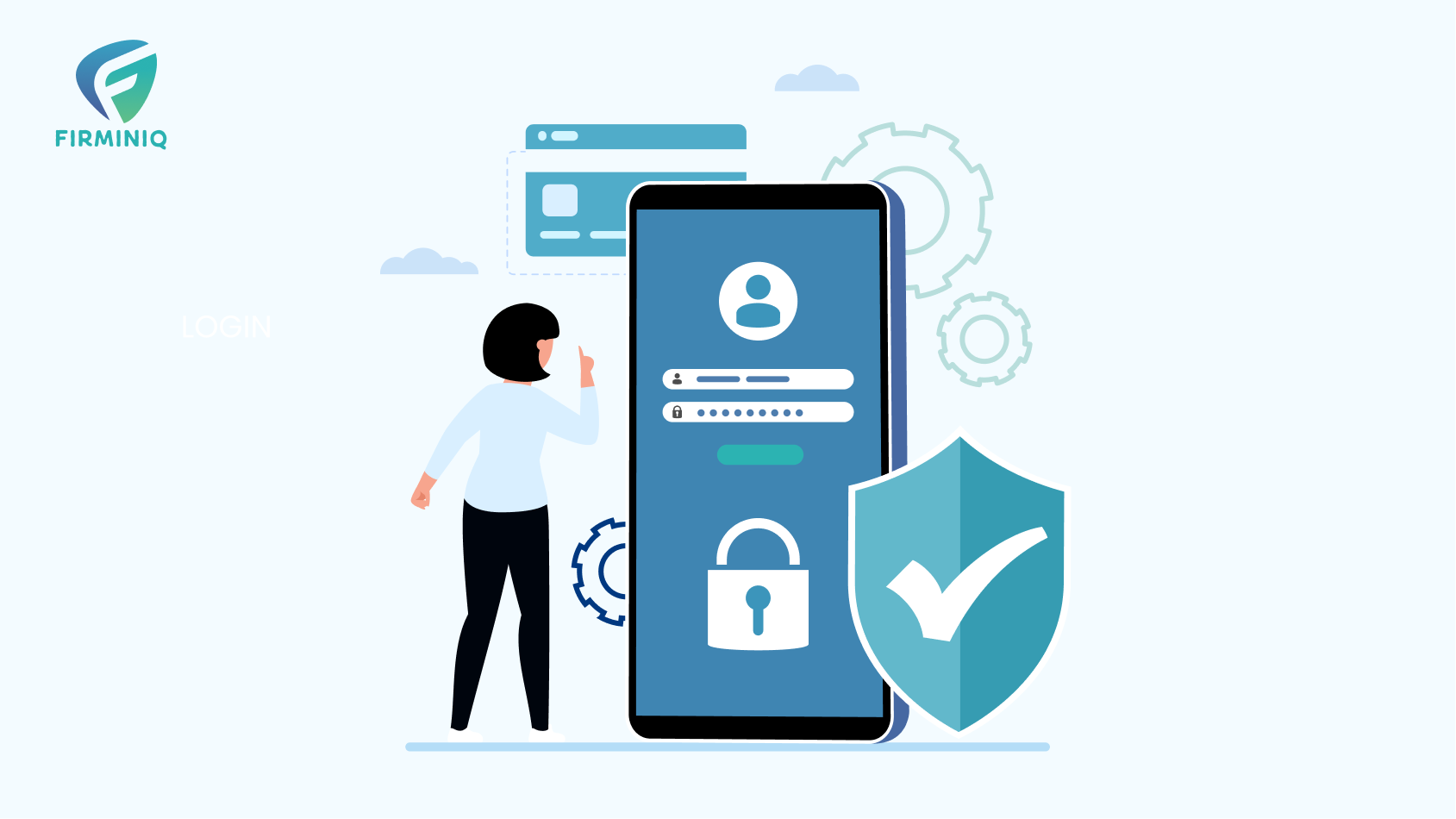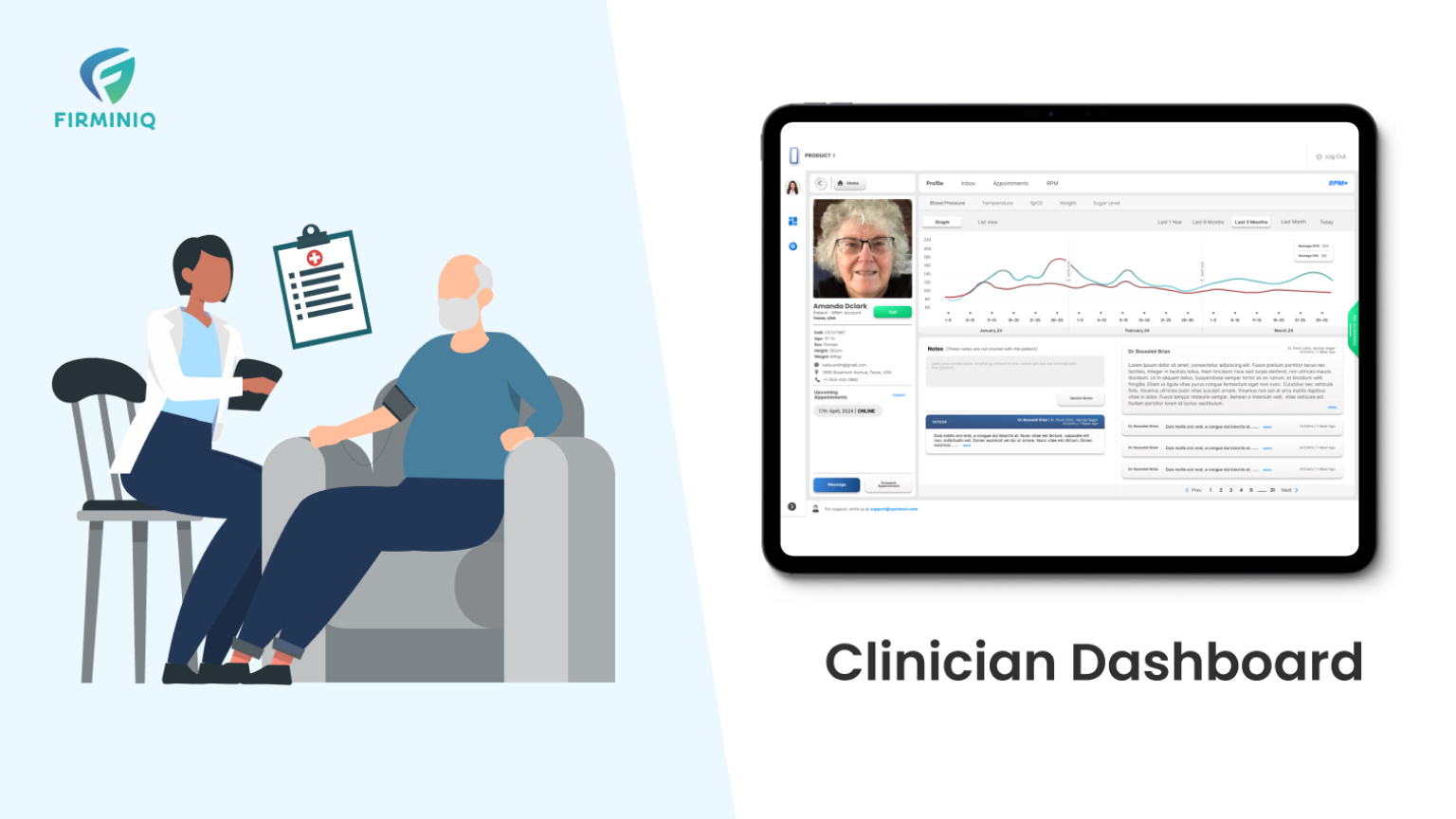Introduction
What is Telehealth? What is Remote Patient Monitoring (RPM)? Is there any difference between the two terms?
Well, yes, there is!
As per American Hospital Association, “Telehealth connects patients to vital healthcare services through videoconferencing, remote monitoring, electronic consults, and wireless communications. By increasing access to physicians and specialists, telehealth helps ensure patients receive the right care, at the right place, and at the right time.”
On the other hand, “Remote patient monitoring (RPM) is a digital health solution that captures and records patient physiologic data outside of a traditional health care environment” according to American Medical Association.
The advancement in these technologies and the popularity of the terms are transforming the way hospitals and healthcare systems work.
A report from Insider Intelligence estimates 70.6 million US patients, or 26.2% of the population, will use RPM tools by 2025. As per mhealthintelligence reports, in 2022, almost 38% of care was virtual and it is not going anywhere.
So, what is the difference between these two terms and how do we define them?
Here is a Quick Comparison between RPM and Telehealth to Help you Understand the Difference in a Snapshot.
| Attributes | Telehealth | Remote Patient Monitoring (RPM) |
| 1. Communication Channel | Telehealth is used more for the patient to get connected to the physician or healthcare expert via telecommunication channels. | RPM on the other hand focuses on patient health and vitals monitoring via connected devices.
|
| 2. Technologies | Telehealth comprehends the industry as a whole and covers technologies like audio/video, digital photography, RPM that are used to offer healthcare to patients. | RPM uses digital technology including Bluetooth and Wi-Fi, IoT that help physicians seamlessly interact with the patients. |
| 3. Purpose | Telehealth is generally meant to replace in-person visits and allows interactive communication via audio/video call. | RPM does not focus on replacing the in-person visit, rather it focuses on offering better care to patients via tracking their vitals and preventing the condition from getting worse.
|
| 4. Service Providers | Eligible telehealth service providers include physicians, nurses, physician assistants, clinic nurse specialists, clinical social workers, dietitians/nutrition professionals.
|
RPM services are performed by physicians, healthcare professionals, or clinical staff. |
| 5.Applications | Applications of telehealth include remote psychotherapy, RPM, teleconsultation, care during urgencies and more. | Applications of remote patient monitoring include patient recovery during the pandemic, cancer, eliminating heart failure, chronic disease management and more. |
| 6. Consultation | The patient’s vitals and clinical measurements are sent to the physician, and it may or may not be in real-time.
|
Doctors and physicians can monitor the patient’s vitals remotely and in real-time. |
Applications of Telehealth
1. Teleconsultation
It allows patients to communicate with physicians and treat them. Using different modes like calling, video calls, chat, email, and others, patients can receive remote consultation and therapeutic advice via this electronic mode.
2. Remote Patient Monitoring
Remote patient monitoring is another application of telehealth where patients use connected healthcare devices and then transfer their vitals to health care specialists following up with a treatment and better patient care.
3. Patient Care During Emergencies
With the level of services it offers, patients can be examined anytime, anywhere by the physicians via audio or video conferencing and immediately provide the necessary treatment, helping save millions of lives.
4. Remote Psychotherapy
It is another application as there are patients with mental and other illnesses who are unable to visit a doctor or refuse to visit them in person. In that scenario, remote psychotherapy works well for the patients and treats disorders.
5. Store-and-Forward
It is an application of telehealth offering services in rural areas and transmitting health information to experts or specialists to seek consultation, outside of real-time.
Applications of Remote Patient Monitoring
Remote Patient monitoring has several applications including disease prevention, early detection, and management. Here are a few significant examples of diseases it can prevent.
1. Virus Spread
Remote Patient Monitoring programs help slow down the spread of viruses as the devices allow patients to monitor their condition at home while eliminating physical contact and in-person visits.
For example: During the spread of COVID-19, the remote patient monitoring platform helped track the patient’s symptoms, pulse oximetry readings, and temperature by themselves that reduced hospital visits and the spread of infection. Mayo Clinic in 2021 tested RPM effectiveness on COVID-19 patients and stated that the RPM model enhanced patient engagement and reduced hospitalization with a lower mortality rate.
2. Cancer
With the introduction of a device called a chemo-port catheter, doctors can easily track patient response via microelectronic sensors and eliminate the complications. It also alerts doctors during chemotherapy with the patient oxygen level, cell count, heart rate and more.
A trial from BMJ states that 24 hours remote patient monitoring for chemotherapy reduced the effects and symptoms among patients with an improved quality of life for patients.
3. Heart Failures
Remote patient monitoring decreases the risk of heart failure as doctors can efficiently drive the patient’s heart patterns with cardiac resync devices and pacemakers while decreasing the mortality rate among heart patients.
A report from American Heart Association states that RPM contributes to a better cardiovascular disease outcome and concluded it as the most effective and cost-controlling solution.
4. Chronic Obstructive Pulmonary Disorder (COPD)
It measures the patient’s pulse and blood oxygen levels remotely via pulse oximeter and improves the effectiveness of treatment. It detects falling or low blood oxygen levels in COPD patients and saves lives. A study from BMJ states that RPM is proven to reduce the need and level of acute care for COPD patients.
5. Diabetes
Diabetic and other chronic disease management at home needs your blood pressure and glucose monitored at regular intervals. With RPM, it becomes easy to track these vitals in real time.
According to mhealthintelligence UMMC, one of the National Telehealth Centers of Excellence, partnered with the healthcare center North Mississippi Primary Health Care to access care via RPM program and analyzed 1000 diabetic patients. Patients used tablets and personal devices to track and report glucose levels, giving the providers access to information. As a result of the RPM program, it helped patients to prevent heart strokes, kidney and eye failure, and more.
Concluding Thoughts
Concisely, telehealth focuses more on the patient and the provider communication to receive treatment efficiently, whereas remote patient monitoring allows them to monitor the health conditions and offer an improved health condition!
Telehealth and remote patient monitoring possess enormous potential and continue to improve healthcare while leading to better patient outcomes. Having years of experience in delivering efficient and valuable solutions for healthcare including remote patient monitoring, FIRMINIQ understands the complexity and helps you scale your RPM deployment.
Are you looking forward to offering patients an improved quality of care and health outcomes? Reach out to us!






